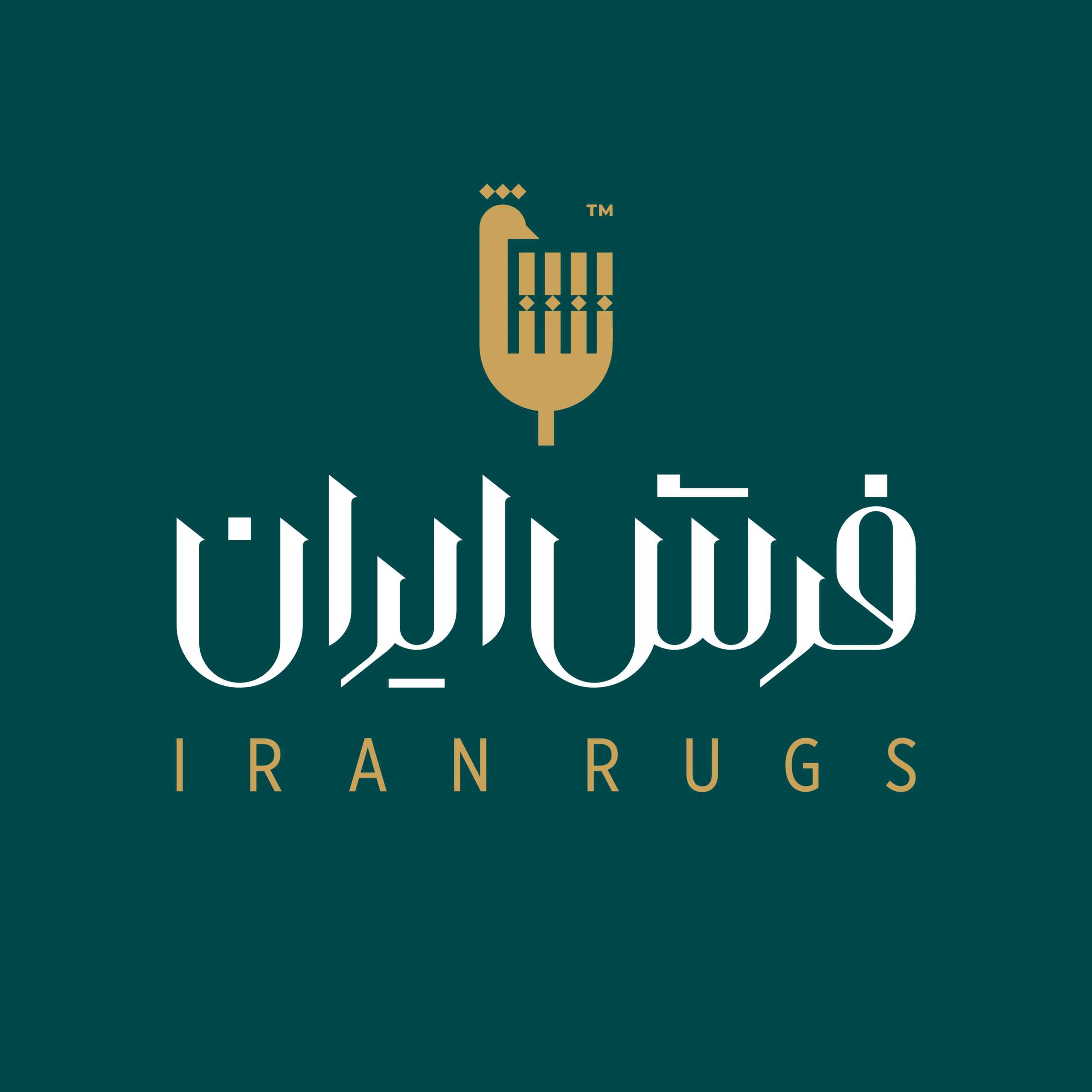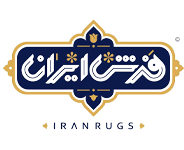After the discovery of the Pazyrik carpet, archaeologists’ focus on Iranian carpets increased. The investigations carried out informed about the flourishing of Iranian carpets in the Achaemenid period and the remaining works showed the high importance of Iranian carpets among the people and elders. The first cases observed in old works and recorded texts, which are generally in Chinese, go back to the Sassanid period, but one of the periods of continuous use of carpets is the Achaemenid period.
One of the problems that archaeologists faced was the loss of carpets after many years. Due to the use of wool, cotton, silk, etc., carpets rot and disappear quickly, so the exact date of the first works is not available. Alexander the Great played a big role in transferring these works and after attacking Iran, he took these carpets with him as booty. It has been said that during the Seljuq and Ilkhanate periods, carpet weaving has been given special attention.
In the mentioned periods, one of the prosperous trades was the trade of Iranian handwoven carpets and rugs. Unfortunately, after Alexander’s attack and the burning of Persepolis, many magnificent works were destroyed, but the discovery of Pazyrik, which has a very beautiful design of flowers and horsemen on it, also refers to Iranian legends such as the eagle and the Persian lion. The head of the eagle and the head of the lion are also used in it.
One of the reasons why archaeologists have easily attributed this carpet to Iran is its similarity with the motifs on Persepolis. Gebeh, Glim, Jajim, etc. are also types of Iranian hand-woven fabrics that are woven with natural wool and have many fans. Of course, in the texture style of each of these weaves, the weave area is very important and will affect the final result of the work, economic value and other parameters.
Cities such as Tabriz, Isfahan, Kerman, Qom, etc. are among the most famous areas of carpet weaving, and the age of carpet weaving has been different in each of them. There are many differences in these works in the type of texture, line, color and variety of colors, designs, etc., which makes each of them unique. In terms of authenticity, each carpet from each region of Iran can be attributed to a specific period of the reign of the kings of Iran, which the following description narrates a part of it:
Tabriz carpet: Tabriz carpet is attributed to the Safavid era and has many fans due to the delicacy of the texture and threads used in them.
Kashan carpet: Kashan carpet may not be as old as Tabriz carpet, but the most important factor in its popularity is the color contrast used in it, which adds to its diversity.
Qom carpet: The ancient Qom carpet is very different from its present-day weaves, and in the past there was no news of its elegance, but it is considered to be the origin of the Mehrabi design in woven carpets.




